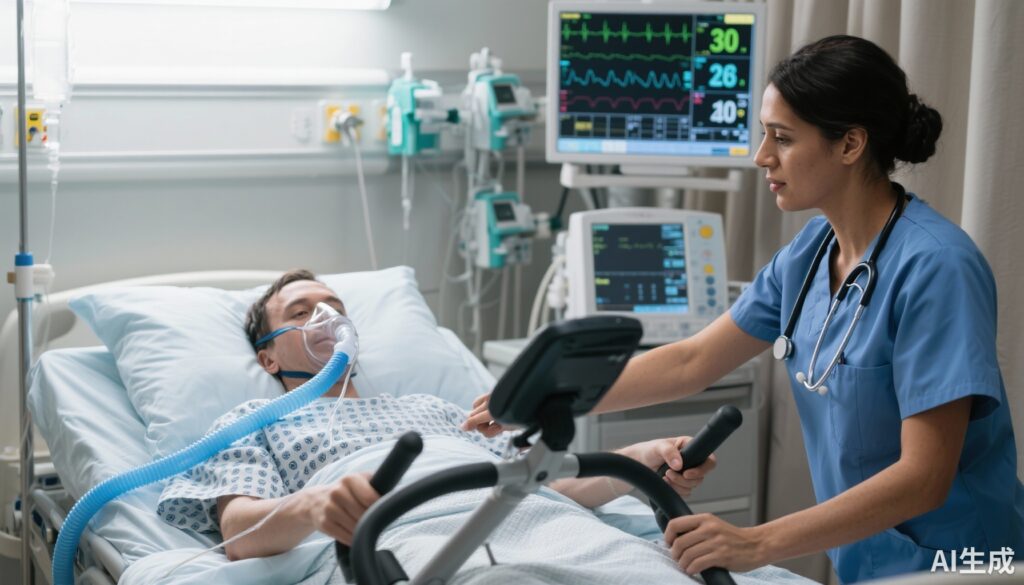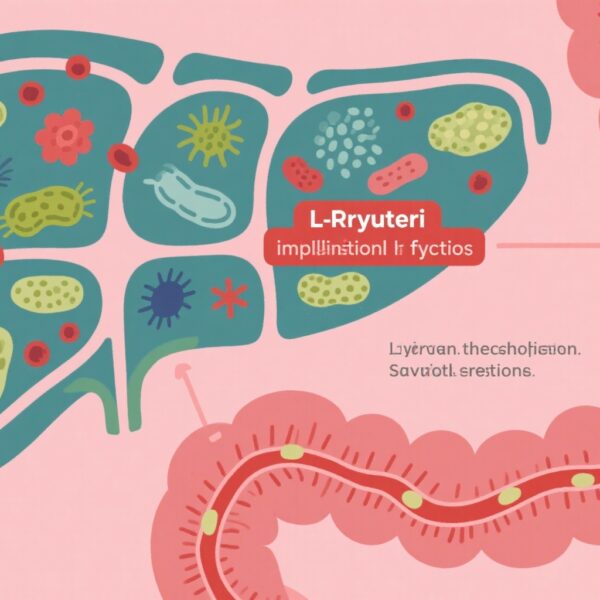Highlight
1. Adding early in-bed cycling to usual physiotherapy in mechanically ventilated ICU patients did not yield statistically significant differences in 90-day costs or quality-adjusted life-years (QALYs).
2. The incremental cost per patient for in-bed cycling was low, but its impact on overall hospitalization costs and patient outcomes was minimal.
3. Probability of cost-effectiveness at a willingness-to-pay threshold of CA$50,000 per QALY was only 19%.
4. Further comprehensive economic evaluations are necessary to determine the role of in-bed cycling in critical care rehabilitation.
Study Background
Patients requiring mechanical ventilation in the intensive care unit (ICU) are vulnerable to muscle atrophy, physical deconditioning, and prolonged functional impairments after critical illness. Early mobilization and physiotherapy have become standard care to mitigate these complications. In-bed cycling is a novel intervention aimed at initiating lower limb activity safely and early, even when patients remain sedated or profoundly weak. Despite promising feasibility and functional recovery data from prior smaller studies, the cost-effectiveness of adding in-bed cycling to standard physiotherapy remains unclear. Given the significant ICU resource utilization and healthcare costs tied to critical illness recovery, evaluating both clinical outcomes and economic impact is essential to guide resource allocation and standard-of-care recommendations.
Study Design
The Critical Care Cycling to Improve Lower Extremity Strength (CYCLE) trial was a multinational, randomized controlled trial conducted across 16 ICUs in Canada, the United States, and Australia between November 2016 and May 2023. This trial-based economic evaluation had a 90-day time horizon and adopted a societal perspective to assess cost-effectiveness. Adult patients (≥18 years) receiving mechanical ventilation within the first 4 days of ICU admission were enrolled and randomized to receive either usual physiotherapy alone or usual physiotherapy plus 30 minutes per weekday of early in-bed cycling. Cycling was administered until patients could march in place for 2 consecutive days, were discharged from ICU, or for a maximum of 28 days. The primary economic outcomes were differences in total healthcare costs (expressed in 2024 Canadian dollars) and quality-adjusted life-years (QALYs) between groups.
Key Findings
The study included 360 participants, with a mean age of 61.5 years and 56.9% male. The direct per-patient cost of providing early in-bed cycling was modest (CA$321), representing approximately 0.5% of the average index hospitalization cost (CA$66,554). Over 90 days, the adjusted mean difference in costs between the intervention and control group was CA$5,841 (95% confidence interval [CI], -CA$7,666 to CA$18,797), and the difference in QALYs was -0.0009 (95% CI, -0.0185 to 0.0182). Both differences were statistically non-significant, indicating no meaningful economic advantage or detriment from the addition of in-bed cycling.
Cost-effectiveness acceptability analysis revealed that at a common willingness-to-pay threshold of CA$50,000 per QALY gained, the probability that early in-bed cycling plus usual care was cost-effective compared to usual care alone was only 19%. This low likelihood suggests limited economic efficiency of the intervention under typical healthcare valuation metrics.
Importantly, the study did not identify any dominant strategy; thus, the clinical effect sizes in functional outcomes or mortality were likely neutral or minimal, consistent with previous reports from the trial.
Expert Commentary
The CYCLE trial addresses a critical question in ICU rehabilitation by integrating health economics into a pragmatic, multicenter randomized design. Strengths include the large sample size, multisite participation, and comprehensive cost and utility data collection. However, limitations exist, including a relatively short 90-day follow-up that may not fully capture long-term functional recovery or healthcare utilization. Furthermore, patient heterogeneity in acuity, underlying diagnoses, and baseline frailty might influence responsiveness to early cycling.
Prior smaller studies suggested that in-bed cycling is safe and feasible, with possible benefits on muscle strength. However, this trial’s findings imply that these clinical benefits may be insufficient to translate into economic value at the population level. Given the very low incremental cost of the intervention, it remains plausible that certain subgroups (e.g., less frail patients or specific diagnostic categories) might derive greater benefit, warranting further subgroup analyses.
The lack of convincing cost-effectiveness underscores the importance of integrating patient-centered outcomes, long-term functional assessment, and healthcare system factors when evaluating rehabilitation interventions in critical care settings. Current guideline statements on ICU rehabilitation emphasize early mobilization but do not specifically recommend in-bed cycling due to limited robust evidence.
Conclusion
In summary, this rigorous trial-based economic evaluation found no significant difference in costs or QALYs by adding early in-bed cycling to usual physiotherapy among adults receiving mechanical ventilation in the ICU. While early in-bed cycling is safe and low-cost, its routine incorporation as a standard adjunctive therapy lacks evidence for economic value within the first 90 days post-ICU admission. These findings highlight the need for continued research to identify patient groups most likely to benefit and to examine long-term functional and economic outcomes post-critical illness. Policymakers and clinicians should cautiously interpret current evidence while balancing clinical benefits, resource use, and patient preferences in ICU rehabilitation practices.
Funding and Trial Registration
The CYCLE trial received funding support from relevant health research organizations as detailed in the original publication by Tarride et al. The trial is registered with ClinicalTrials.gov (identifier not specified in the summarized data).
References
Tarride JE, Blackhouse G, Rochwerg B, et al. Cost-Effectiveness of In-Bed Cycling and Routine Physiotherapy for Patients Receiving Mechanical Ventilation. JAMA Netw Open. 2025;8(9):e2529399. doi:10.1001/jamanetworkopen.2025.29399.



